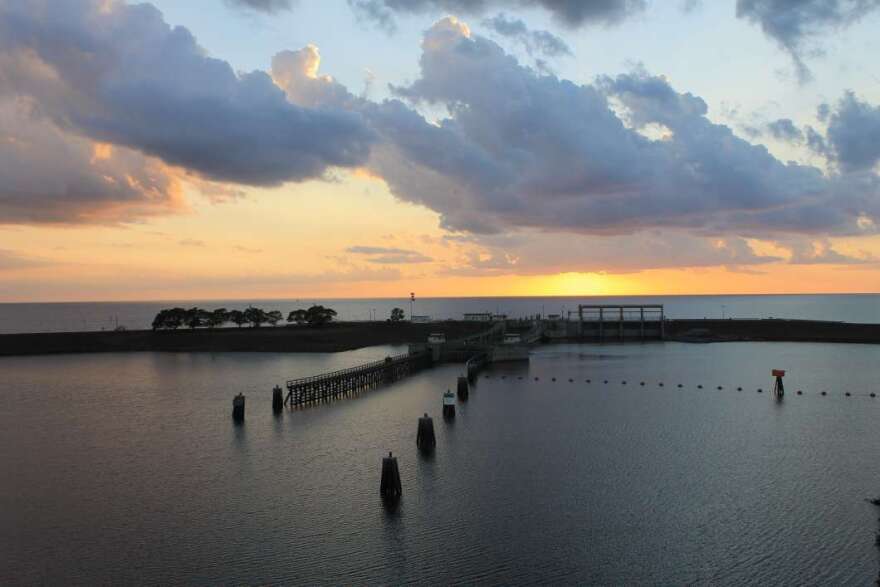A long-awaited new operations plan for Lake Okeechobee aimed at reducing damaging dirty discharges to coastal estuaries is being delayed another six months over new concerns about red tide and endangered animals.
Federal wildlife managers, who have been working with the U.S. Army Corps of Engineers on an environmental study released last year, say they now want to perform a more formal review called a biological opinion.
Such opinions are usually issued when endangered and protected species are expected to be harmed.
In a briefing earlier this month, Corps officials said the National Oceanic and Atmospheric Administration’s National Marine Fisheries Service decided to change course after a new analysis showed impacts to protected sea turtles from red tide.
In recent years, the toxic saltwater algae blooms have slammed the state’s Gulf Coast, causing widespread fish kills. A persistent tide that began in 2017 lingered for more than a year, killing nearly 600 sea turtles.
The algae occur naturally and are seeded at the bottom of the Gulf. But blooms frequently get carried ashore by winds and currents, where they can get turbo-charged by pollution from nutrient-rich lake water released to the Caloosahatchee, as well as coastal run-off. Hurricane floodwaters also likely worsen red tides.
As the planet warms and Florida’s population continues to swell, a state-appointed team of Florida scientists studying algae also worry the tides could grow worse.
A red tide that first appeared in October spread up the coast in recent months, littering beaches from Collier to Pinellas counties with dead fish. Florida’s environmental secretary and chief of its wildlife agency visited the area earlier this month to meet with local officials. It eased this month, but not before killing nearly a dozen manatees.

In response to questions, a NOAA spokesperson said the agency had been working to assess potential harm to protected species.
“The influence of Lake Okeechobee releases on harmful algal blooms and how those blooms may affect marine and estuarine species are important issues we are working to assess,” spokesperson Allison Garrett said in an email. She did not answer questions about what changed from earlier reviews and declined to provide copies of NOAA’s correspondence with the Corps.
The decision came as a surprise to some who followed the planning in numerous Corps meetings over the last four years.
“It's kind of late in the game,” Okeechobee Mayor Dowling Watford said in the Corps briefing.
Friends of the Everglades director Eve Samples applauded the additional environmental review, but also worried about the delay heading into South Florida’s hot and rainy summer, when freshwater blooms on the lake are more prevalent. Those blooms tend to slam the St. Lucie estuary on the east coast.
“Not only is it late, it's unusual for [NOAA] to request a formal consultation of this nature,” which usually comes from the U.S. Fish and Wildlife Service, she said.
While cataloging potential hazards to wildlife won’t necessarily change the management plan, it will likely include recommendations from NOAA on how to avoid harm. It also highlights the balancing act water managers strike in trying to operate the polluted lake.
“I'm hoping that this will give us an opportunity to really dive into the effects of red tide,” Sanibel-Captiva Conservation Foundation environmental policy director Matt DePaolis said during the meeting. “Hopefully [the opinion] will allow us to factor this red tide into the decision-making options…so that we can avoid some of these massive blooms in the future.”






